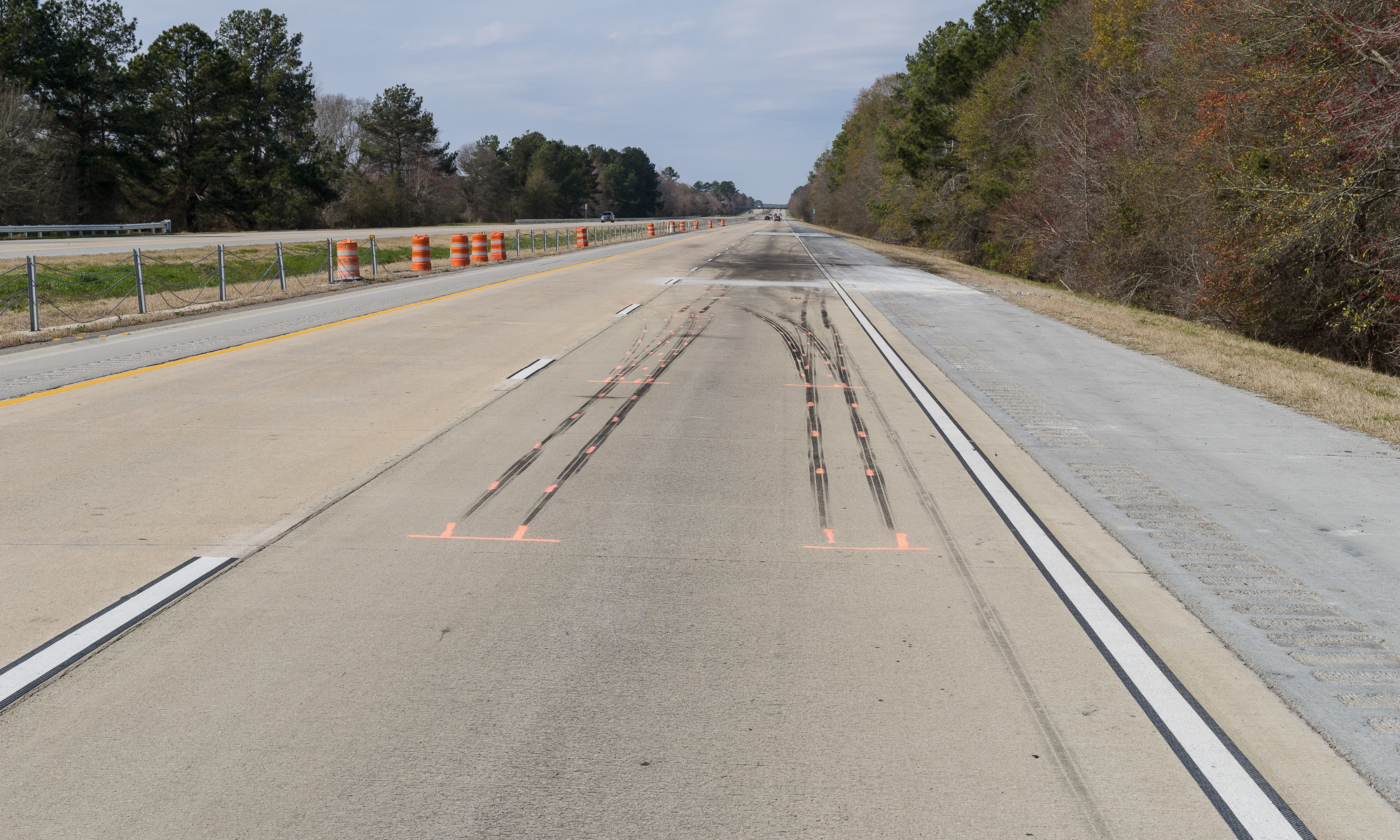Perspective is the relationship between the elements in your photograph. The only way to change perspective is to move the camera. In fact, any time you move the camera, your perspective automatically changes. Conversely, staying in one place and zooming in or out doesn’t change perspective; it only crops the image differently.
This series of photographs demonstrates perspective change by using a 24-70 mm zoom lens and changing the camera position while using four increasingly long focal lengths: 24, 35, 50, and 70 mm . All were made from my standing eye height. The goal was to keep the subject car the same size in each image by moving the camera further away at each longer focal length.
When the resulting images are viewed at the same distance, you’ll note two effects from increasing camera distances while using longer focal lengths: -1- the car appears to change shape and compress, and -2- the background and other vehicles seem to be getting closer to the subject car.
This spectacular 1937 Cord Model 812 Beverly Sedan was photographed at the Savoy Automobile Museum in Cartersville, GA. Like most car museums, neither tripods nor flash are allowed. This requires using high ISO and slow shutter speeds to obtain your images. Fortunately, almost all full frame and some cropped sensor mirrorless cameras have amazingly effective in-body stabilization, which allows handholding the camera at low (slow) shutter speeds that were almost impossible before.
While these examples were made at a car museum, the principles apply exactly the same for any vehicle—or any subject—anywhere.
For this first image—made with a 24 mm focal length—I was quite close to the car. Note how long the hood looks and how far away the DeLorean and the background appear. [Click on image to enlarge, then click back arrow to return to post.]

Stepping backward with a 35 mm focal length, the Cord looks less distorted, and the background vehicles seem closer. Of course, no vehicles were moved between any of these images. [Click on image to enlarge, then click back arrow to return to post.]

Moving further away using a 50 mm focal length appears to once again shorten the hood and wheelbase of the Cord, while bringing the background even closer. [Click on image to enlarge, then click back arrow to return to post.]

Back even further with a 70 mm focal length apparently compresses the Cord even more and brings the DeLorean and background closest yet. [Click on image to enlarge, then click back arrow to return to post.]

Takeaways:
-1- When you move your camera, the perspective of your resulting image changes.
-2- When viewing images from the same distance, moving your camera closer to your subject with a wider focal length makes your subject appear distorted and your background objects farther apart.
-3- Again, when viewing images from the same distance, moving your camera farther away from your subject with a longer focal length makes both your subject and background elements to appear more compressed.
